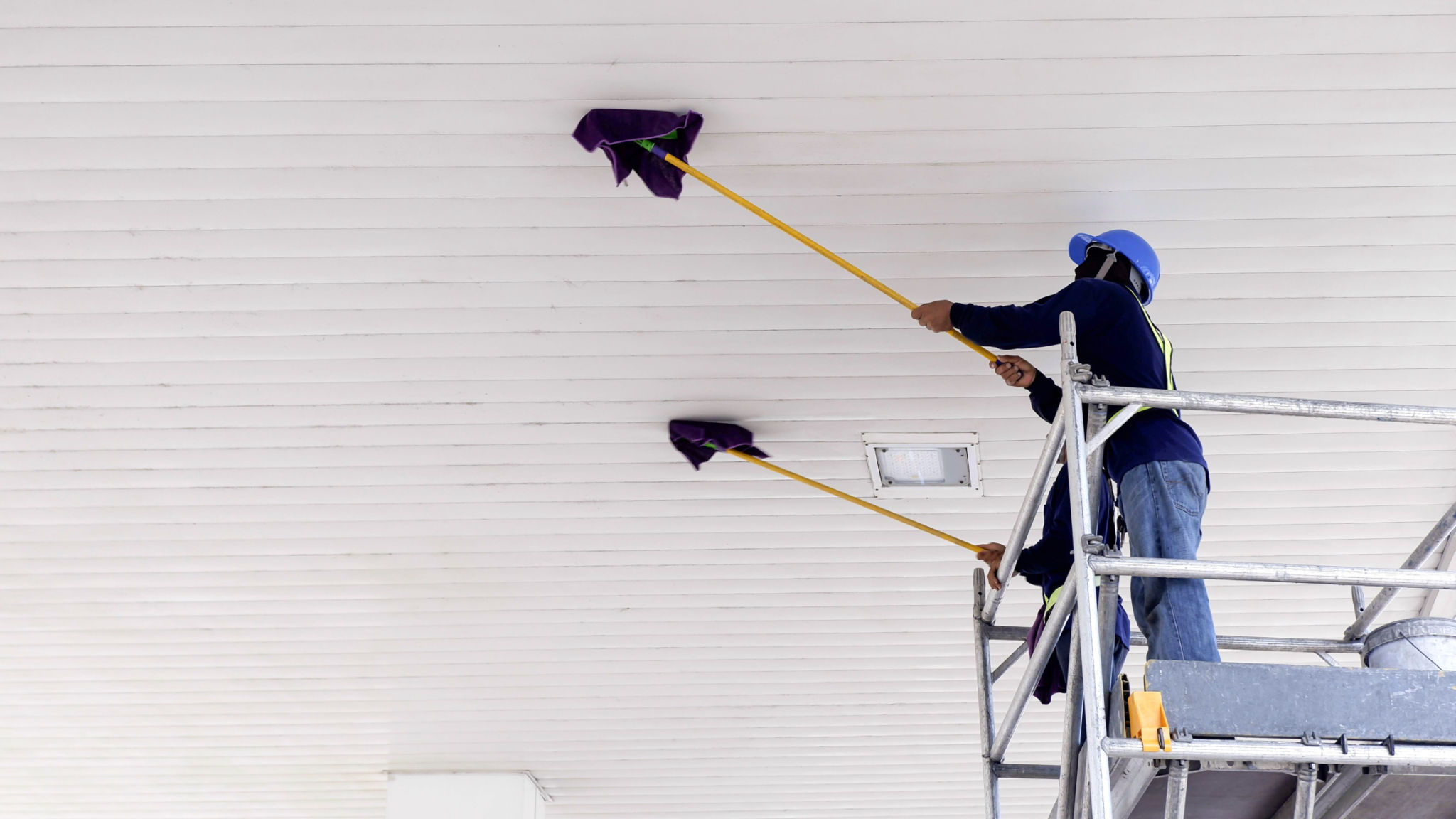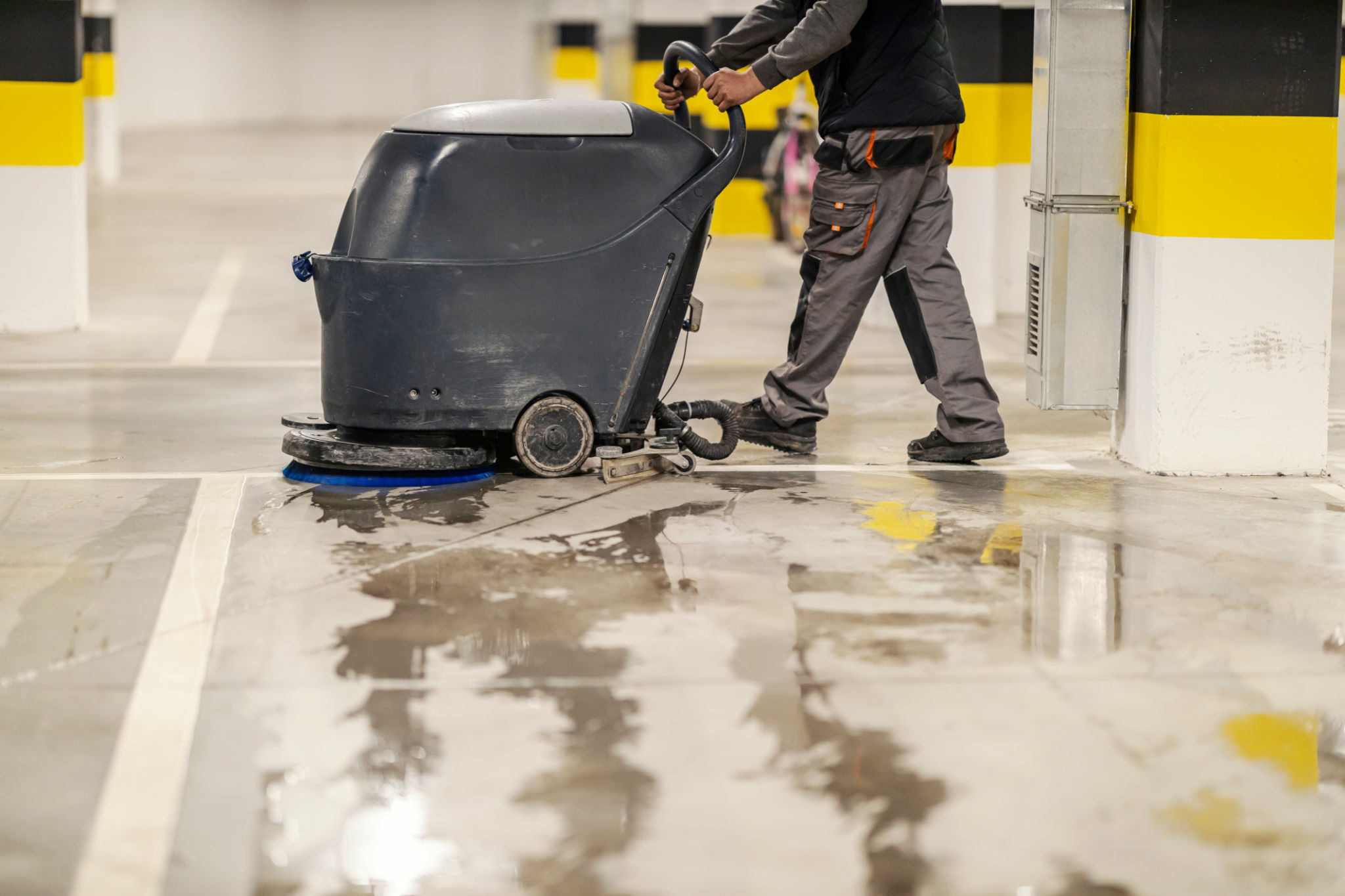DIY 高位清潔: What You Need to Know Before You Start
Understanding the Basics of DIY High-Level Cleaning
High-level cleaning refers to the process of cleaning areas that are difficult to reach, such as ceilings, high walls, and elevated fixtures. Whether it's in a home or commercial setting, these areas often accumulate dust and grime over time. Tackling this task on your own can be rewarding, but it's important to approach it with the right knowledge and tools.

Essential Tools and Equipment
Before you begin your DIY high-level cleaning project, it's crucial to gather the appropriate tools. This typically includes extendable dusters, a sturdy ladder, microfiber cloths, and cleaning solutions suitable for various surfaces. Investing in quality equipment not only makes the job easier but also ensures that surfaces are cleaned effectively without damage.
Additionally, consider using a vacuum with a long hose attachment for areas with heavy dust accumulation. This can help prevent dust from falling to the ground during the cleaning process. Safety gear such as gloves and protective eyewear is also recommended to protect yourself from debris and cleaning agents.

Safety First: Precautions to Take
Safety should always be a priority when undertaking high-level cleaning. Begin by assessing the area for potential hazards, such as unstable furniture or electrical wires. Ensure that your ladder is positioned on a flat surface and that it is locked securely before climbing. It's advisable to have someone nearby to assist you if needed.
When using cleaning solutions, follow the manufacturer's instructions carefully. Some chemicals can be harsh and may require proper ventilation during use. If you're working with delicate surfaces, test the cleaning solution in an inconspicuous area first to avoid damage.

Techniques for Efficient Cleaning
Adopting the right techniques can make high-level cleaning more efficient. Start by dusting from the top down to prevent re-soiling areas you've already cleaned. Use a systematic approach, such as working in sections, to ensure no spots are missed.
For stubborn grime or stains, allow cleaning solutions to sit for a few minutes before wiping them away. This helps break down the dirt and reduces the amount of scrubbing required. Microfiber cloths are excellent for trapping dust and leaving surfaces streak-free.
Regular Maintenance Tips
To minimize the need for intensive high-level cleaning sessions, incorporate regular maintenance into your routine. Dust surfaces frequently and address spills or stains promptly to prevent buildup. Using air purifiers can also help reduce airborne dust particles.

Consider scheduling deep cleaning sessions bi-annually or quarterly, depending on the environment's needs. Regular upkeep not only keeps your space looking pristine but also extends the life of fixtures and surfaces.
Benefits of DIY High-Level Cleaning
Taking on high-level cleaning as a DIY project offers several benefits. It allows you to tailor your cleaning methods to suit your specific needs and preferences. Additionally, it can be a cost-effective alternative to hiring professional services.
Moreover, maintaining a clean environment improves air quality and contributes to a healthier living or working space. By investing time in this task, you're enhancing the overall well-being of those who occupy the space.
When to Consider Professional Cleaning Services
While DIY high-level cleaning is feasible for many, there are situations where professional services may be more appropriate. If you encounter persistent stains or surfaces that require specialized treatment, it might be worth consulting experts who have access to advanced tools and techniques.

Furthermore, if safety is a concern due to height or complex installations, professionals are trained to handle such challenges safely and efficiently. Assessing your capabilities and limitations will help you decide when it's best to call in the experts.
